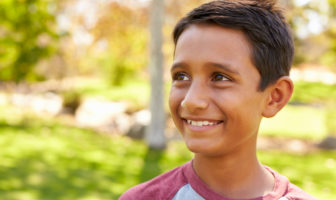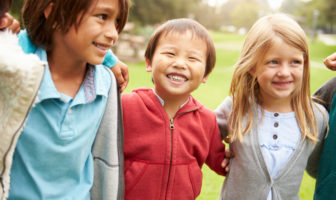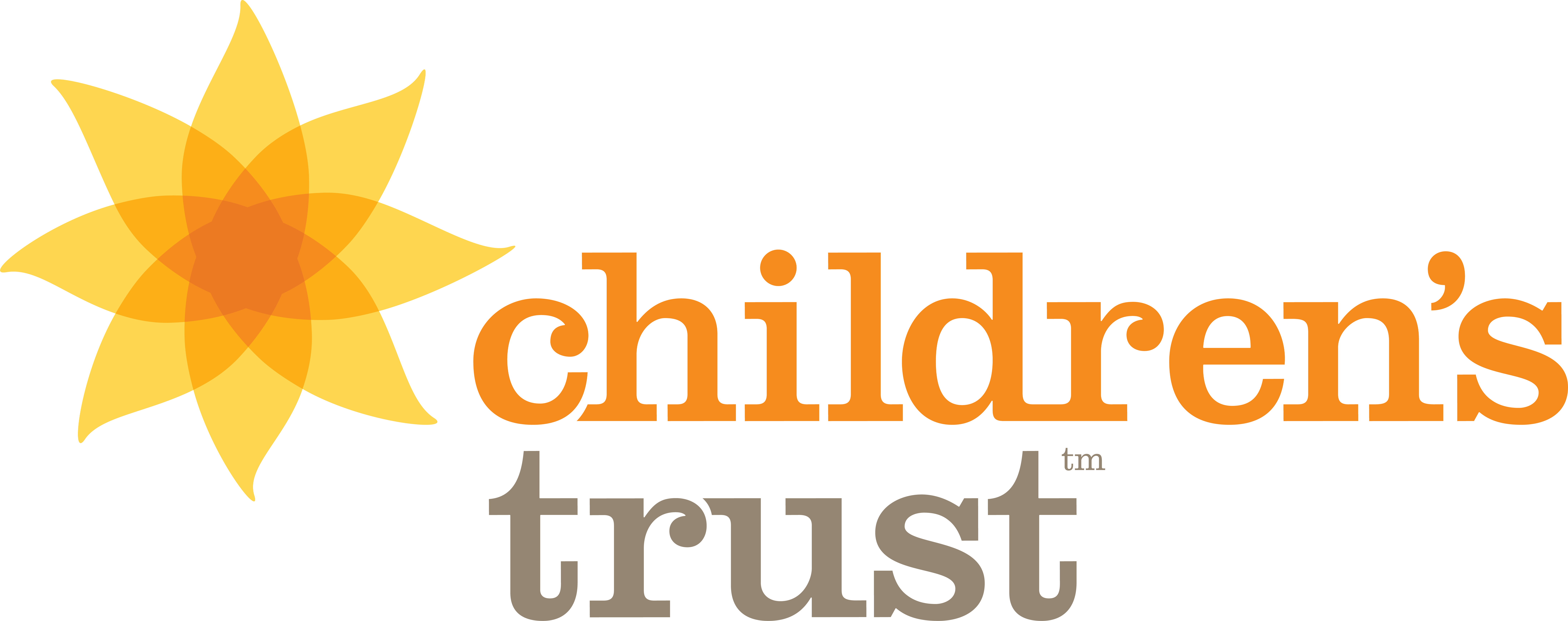Child abuse happens when a parent or other adult causes serious physical or emotional harm to a child. Read this article to learn more about the different types of abuse including, physical. sexual, emotional, and neglect and what to do if you suspect your child is being abused.

Keeping Kids Safe: Warning Signs of an Abuser
The Department of Justice reports that approximately 93% of perpetrators of sexual abuse are known to the child and the family.
Department of Justice
While educating children about appropriate boundaries and safe touches is the first line of defense against dangerous situations, knowing the warning signs of a potential abuser is a crucial part of protecting your child from sexual abuse.
Adults
When an adult befriends a child with the intention of building an emotional connection that will lower the child’s inhibitions and use of safe boundaries it is considered grooming behavior. This behavior includes gaining the trust of parents and other adults involved in the child’s life in order to gain access to the child. Being aware of the warning signs can help you keep your child safe.
Warning signs that an adult might abuse a child include:
- insisting on physical contact with a child—hugging, touching, tickling, or kissing—even if the child resists
- focusing intently on a particular child, giving them gifts and money or sharing “secrets” with them
- frequently planning outings alone with a child, or often offering to babysit different children
- seeming very familiar with children and children’s activities despite not having children of their own
- making sexual comments in the presence of or about a child
- not respecting the privacy of children, or downplaying the use of healthy boundaries
Other Children
Often there is a misconception that the sexual abuse of a child is solely by adults, but sexual abuse can happen between children as well. According to Stop It Now, over a third of sexual abuse is committed by children who are under 18. Children who sexually abuse other children may be victims of sexual abuse themselves.
Warning signs that a child might abuse another child include:
- exploring sexual curiosity with a younger child
- insisting on having physical contact with another child even if the other child resists
- expressing anxiety about being alone with children
- engaging in sexual harassment or aggressive behavior or language
- sharing sexual material with younger children
For a deeper look into sexual abuse between children, Stop It Now offers a guidebook that you can find here.
Source: TheMamaBearEffect.org
This article takes a comprehensive look at potential abusers including strangers and acquaintances; friends, family and people of authority; females abusers; and juvenile offenders.
Behaviors to Watch Out for When Adults are With Children
Source: StopItNow.org
Source: SafelyEverAfter.com
other articles and videos we love
Talking with your child about things like touching and private body parts isn’t easy. It’s common to feel uncomfortable and embarrassed, and you may not know where to start. But the good news is, you can weave these conversations into the interactions you have with your kids every day, like bedtime, reading time, and at meals.
Read this article for more information of what is appropriate by age, warning signs, and what to do if you are worried about your child.






